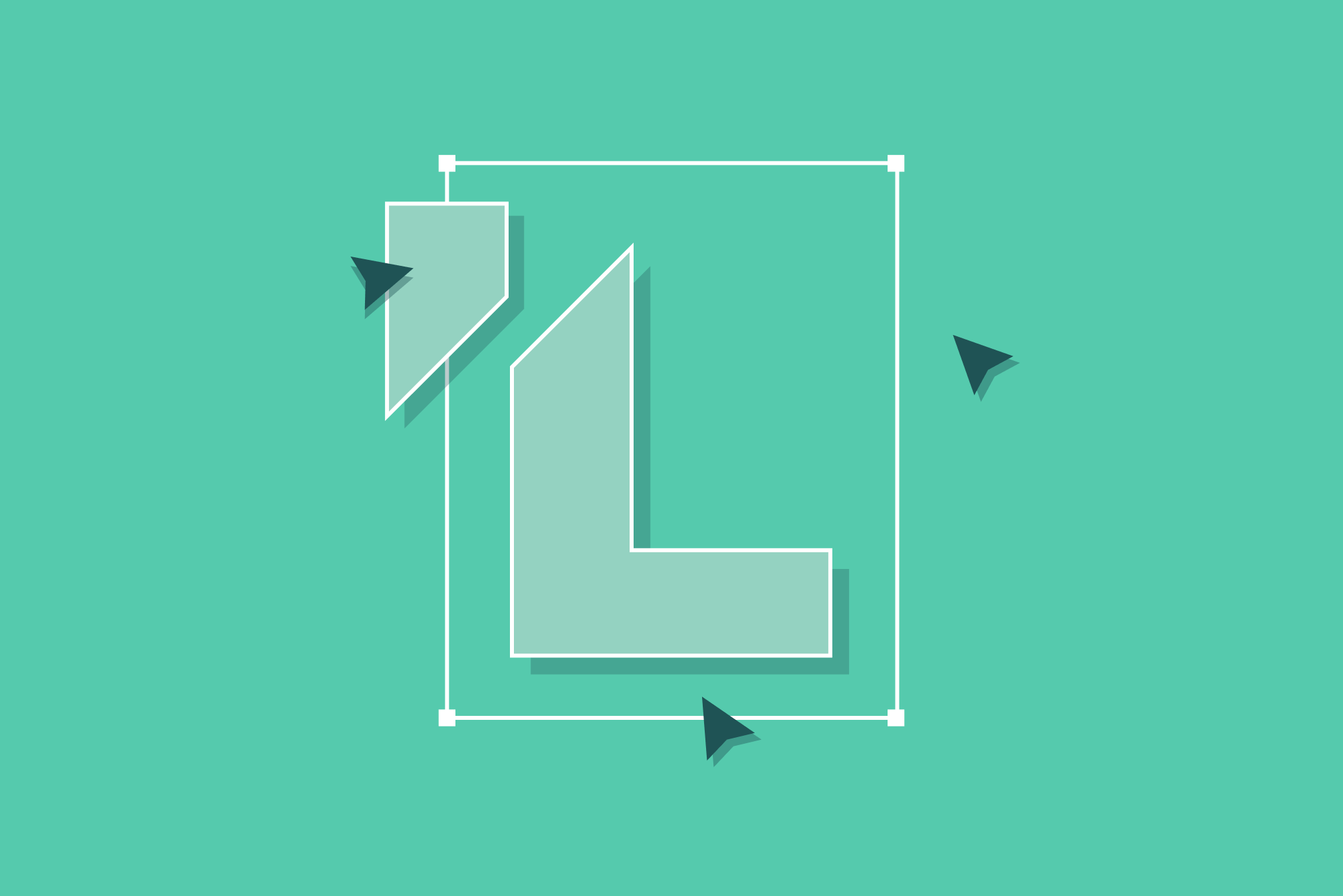15 definitions for building a shared design vocabulary.
At Luminary Labs, the Design & Insights team focuses on understanding deep human needs, collaborating with project teams and clients to develop new tools, practices, and approaches and deliver amazing outcomes. We have always found it helpful to define what we mean by “design” within the context of innovation, and in an increasingly design-focused world, the language and definitions are constantly evolving.
To track design trends and build a shared vocabulary, we’ve curated a short glossary of design-related terms that pop up frequently in our engagements across the future of work and education, the future of health, scientific discovery, and infrastructure. Some of these are foundational terms, while others are emerging as hot new buzzwords.
Accessibility and universal design. The practice of designing products, services, and broader systems that diverse groups of people — including people with disabilities — can use without adaptation. In the United States, accessibility requirements are covered by Section 508 of the Rehabilitation Act. When developing content and digital media, W3C’s Web Content Accessibility Guidelines (WCAG) give specific instructions about how to meet accessibility requirements. (Source: General Services Administration)
Content design. A collaborative and human-centered practice that focuses on developing intuitive and well-organized content for users. Content design overlaps with user experience (UX) and user interface (UI) design since it involves developing the information architecture and messaging behind a user’s experience. (Source: UX Writing Hub)
Design. A user-centered practice that bridges concept generation with the development of new products, services, and approaches that aim to create desirable outcomes. While many design activities produce visual artifacts, the practice of design goes well beyond the visual. This umbrella term can be used to cover both innovation and non-innovation related design practices and activities. Most choices we make at work are design choices; even something as simple as deciding to pick up the phone instead of sending a Slack message is a design decision. (Source: Design Council)
Design research. A research practice that “studies how people encounter, use, and experience communication, products, spaces, and services.” Design research focuses on using qualitative or mixed-method approaches to generate insights, and is distinct from market research. Some examples of design research methods include user interviews, field studies and shadowing, cultural probes, and card-sorting. (Source: AIGA)
Experience design. A collaborative practice that “addresses the entire user journey in acquiring and using information, products, and/or services.” Experience design involves people from multiple design and non-design disciplines to better understand business, technological, and behavioral needs in the development of physical, digital, and hybrid experiences — from museum exhibits to online shopping. (Source: AIGA)
Facilitation. The act of developing and leading activities meant to objectively steer a group toward a collaborative outcome. During the innovation process, designers and design practitioners often act as facilitators, ensuring that a diverse group of people have the opportunity to participate in decision-making and develop a sense of shared responsibility for adopting next steps. Several factors can increase participant engagement and generate meaningful outcomes when designing and facilitating workshops. (Source: Nielsen Norman Group)
Futures cone. A common foresight model used to expand how practitioners think about the future. When used, the futures cone is often employed as a framework for extrapolating current-state signals and trends to develop probable, plausible, possible, and preferable future scenarios. (Source: Joseph Voros)
Participatory design. A widely used human-centered design (HCD) approach that advocates for “active user and stakeholder engagement throughout all phases of the research and design process.” In practice, participatory design combines the insights derived from user and stakeholder co-design activities with the expertise of design practitioners to inform design principles and prototypes of future products, services, and systems. Examples of participatory design methods include cultural probes, diary and photo studies, flexible modeling, and design workshops. (Source: “Universal Methods of Design” by Bruce Hanington and Bella Martin)
Prototype. A tool that helps turn something theoretical into a real, working product or system that can be evaluated and refined. In practice, prototyping is part of a larger innovation and development cycle that aims to refine a product, service, or system. Designers use different types of prototypes to gather feedback from users before an organization invests time and money in development.
Service blueprint. A way to show “systems and processes that must be in place to deliver a desired service experience.” This diagram, like a customer journey map, shows how a user progresses through a service or experience and articulates the underlying elements of that experience. In practice, a service blueprint can help organizations plan for better and more cohesive experiences by identifying redundant processes or showing opportunities to streamline processes. (Source: Service Design Network)
Service design. The practice of designing services, using “a holistic and highly collaborative approach to generate value for both the service user and the service provider.” In practice, this human-centered approach helps to articulate and coordinate the processes, technologies, and interactions driving the delivery of services. (Source: Service Design Network)
Speculative design. A design methodology that combines forecasting techniques and strategic design principles, and applies them to scenario development within the context of uncertainty. Popularized by Anthony Dunne and Fiona Raby, the objective in speculative design is to make alternative worlds tangible outside the constraints of current reality so that participants can consider what kinds of futures are collectively preferable and desirable. Design fictions often play a key role in the practice of speculative design and strategic foresight. (Source: “Speculative Everything” by Anthony Dunne and Fiona Raby)
Touchpoint. A place or moment in which a user comes into contact with a service. This point can be tangible or intangible, and plays a key role in a user’s experience. Design artifacts such as service blueprints and customer journey maps document touchpoints as a way to understand and plan for experiences. (Source: Service Design Network)
Transdisciplinary design. A holistic design approach that aims to integrate “the theoretical focus of the social sciences [with] the transformative possibilities of artistic and design practices.” Transdisciplinary design involves developing partnerships and decentralizing ownership to address social, economic, political, and environmental issues from a systems perspective. (Source: The New School)
Trauma-informed design. An approach to design that is “based on the knowledge and understanding of trauma and its far-reaching implications.” Design practitioners work closely with people to understand their lived experiences — and in some cases, that creates potential to harm those who have experienced trauma. In response, design practitioners are starting to incorporate trauma-informed care principles into their work. (Source: Substance Abuse and Mental Health Services Administration)


